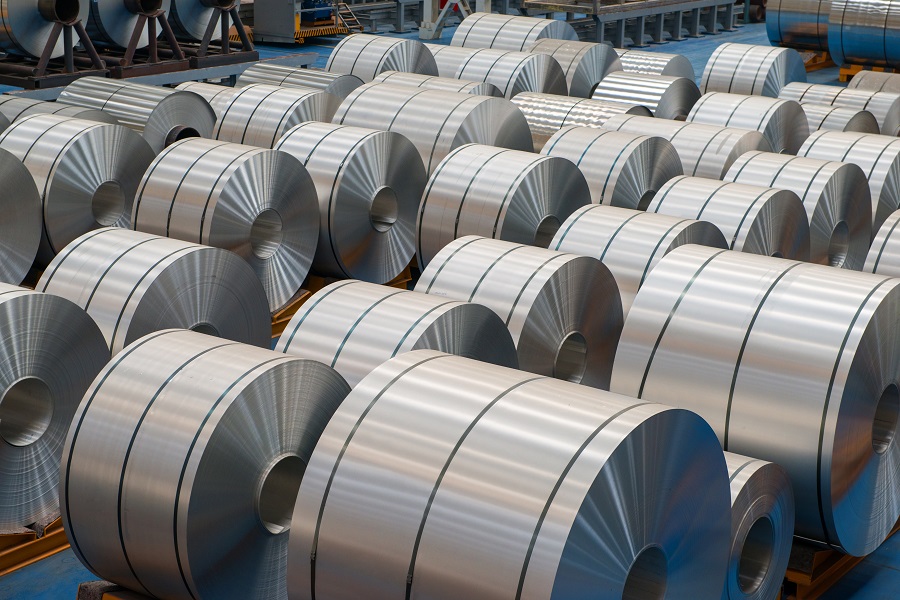Building & Construction

November 3, 2025
Gränges predicts poor demand for HVAC in short term
Written by Stephanie Ritenbaugh
Gränges has a dim view of the HVAC sector in the fourth quarter and in 2026.
The third quarter already showed an HVAC market weakened considerably due to falling consumer demand and destocking at manufacturers and distributors.
“We would really like to know what the HVAC market will do going forward, but as we’ve talked about also before, even the HVAC companies themselves don’t have a lot of visibility to that, as evidenced by their optimism in their Q2 reports and then the market completely collapsing one month later,” Jorgen Rosengren, president and CEO, told analysts during the company’s third-quarter earnings call.
Sales to the HVAC industry are influenced in the short term by consumer confidence and activity within building and construction. In the medium and long term, changing requirements on energy efficiency also shapes demand.
“It’s hard to predict that market, and it’s especially hard to predict it in the off-season, which is now,” Rosengren continued. “That said, we are not optimistic about the HVAC market going forward. We expect a continued weakness.”
Sweden-based Gränges, whose North American operations are concentrated in the southern United States, specializes in aluminum rolling automotive, HVAC, transformers, and specialty packaging.
Automotive represents 38%, HVAC 16%, specialty packaging and other niches 16% and 30%, respectively, of sales volume for the last 12 months.
During the third quarter, sales of HVAC materials fell by 9% in the company’s Americas segment. However, overall sales rose 1% as specialty packaging and other niches offset losses in HVAC and automotive. In total, the sales volume in Americas came in just short of 60,000 metric tons in Q3.
Asked whether destocking among customers seems to have bottomed out, Rosengren answered: “We really don’t know, but it doesn’t look very positive for the fourth quarter, and that’s why we’re guiding for a negative climate there also. And usually, if it is negative in the fourth quarter, that is not a good signal for the first quarter either.”
“It depends a little bit on what the manufacturers believe about the stock levels and about the season in 2026,” Rosengren noted, adding that manufacturers typically make those decisions around February.





